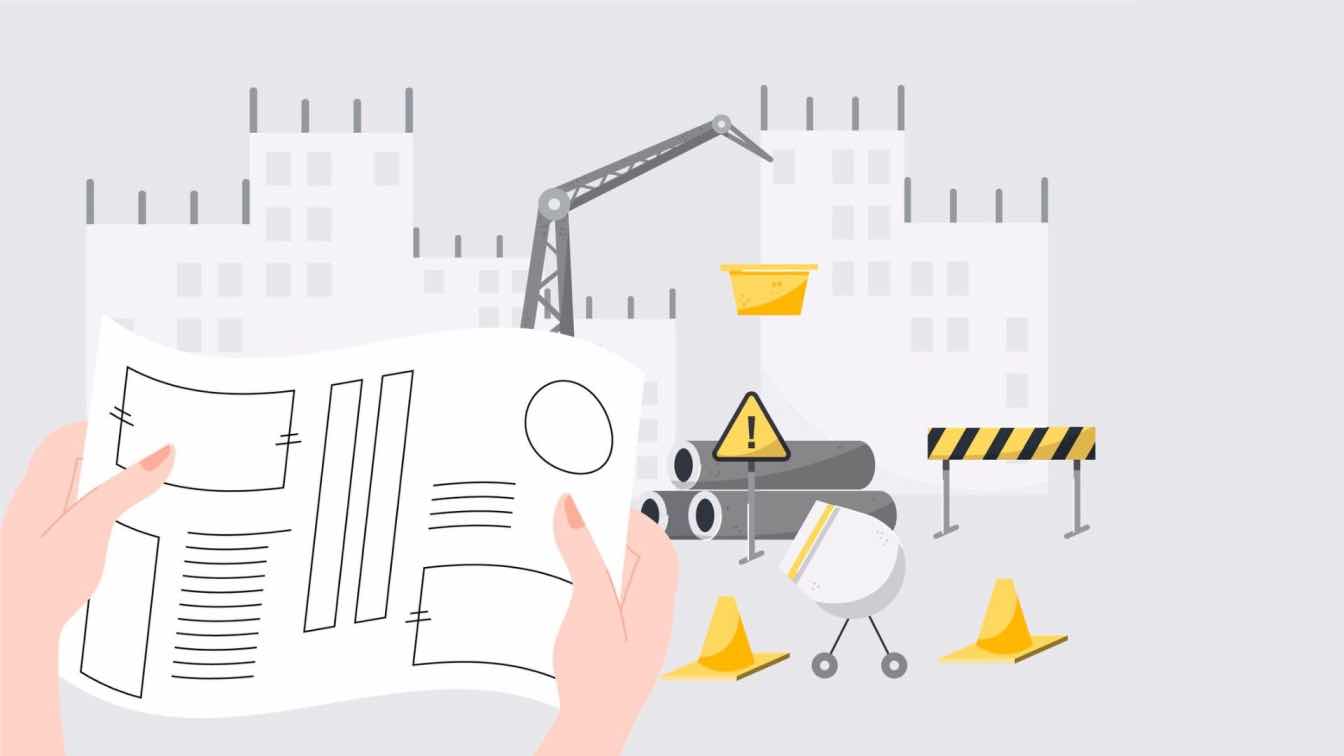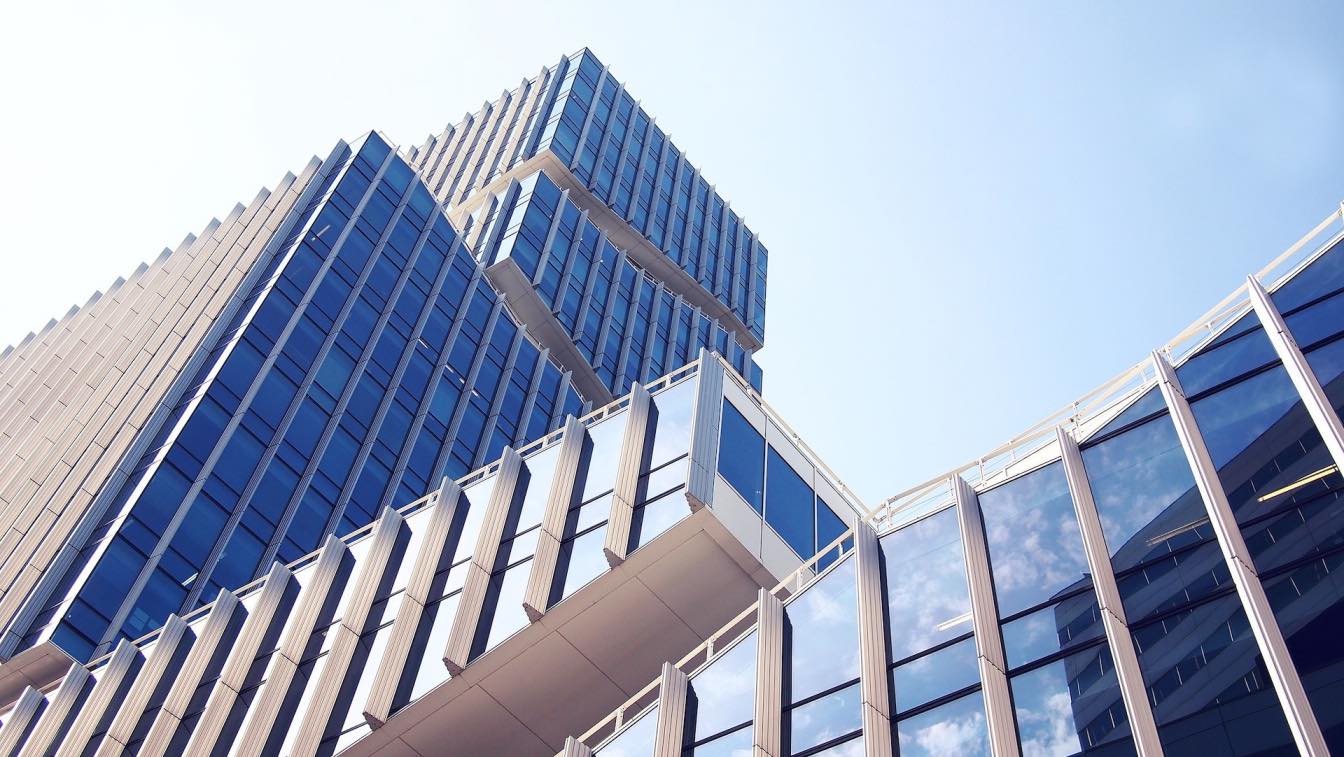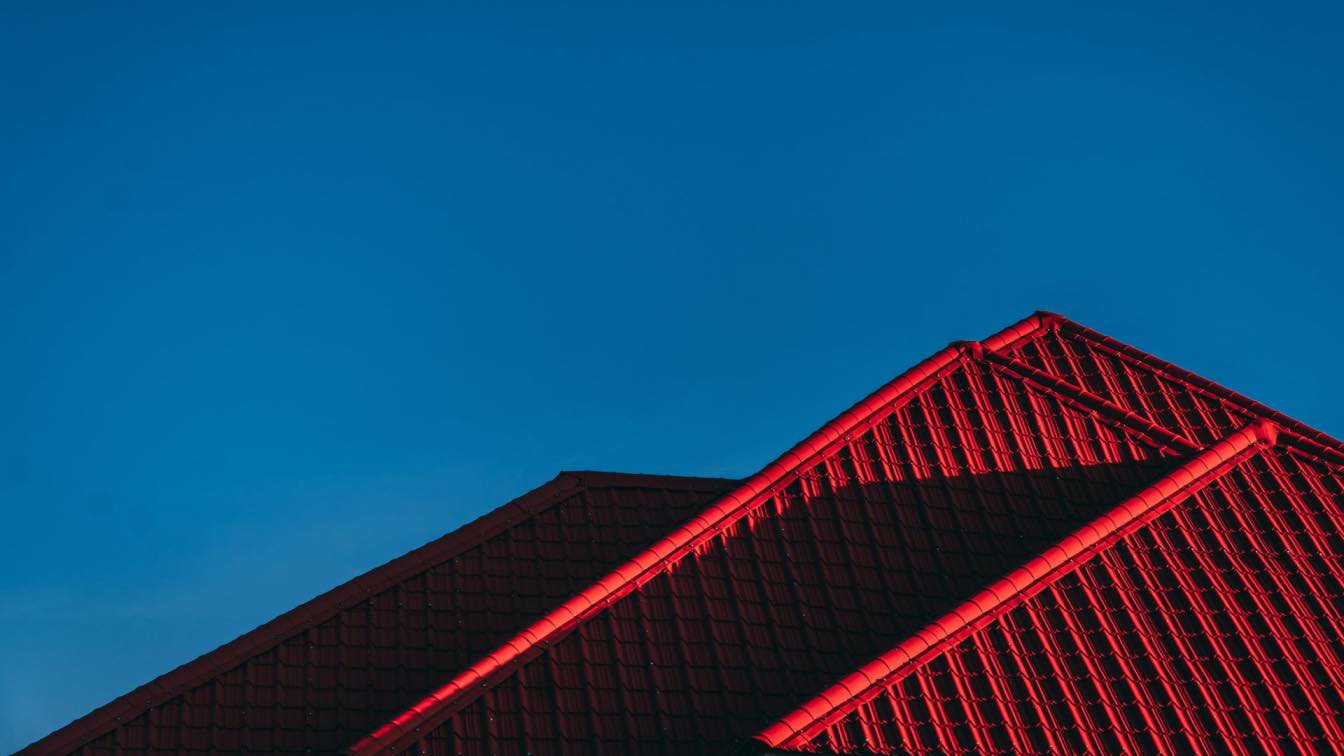Sustainable architecture is rapidly evolving, with innovations redefining the field. One material making waves in this green revolution is glazing rubber.
Known for its durability and flexibility, it’s proving essential for eco-friendly designs. From energy efficiency to improved insulation, this versatile component plays a crucial role.
Discover five cutting-edge uses that are setting new standards in sustainable construction.
1. Energy Efficiency: Enhancing Thermal Performance
Energy efficiency tops the list of priorities in sustainable architecture. Glazing rubber, known for its superior insulating properties, plays a crucial role here. By reducing thermal bridging and maintaining consistent indoor temperatures, it significantly lowers energy consumption.
This reduction leads to fewer heating and cooling requirements throughout the year. Consequently, buildings see lower utility costs and carbon footprints. As we strive for greener construction methods, incorporating glazing rubber becomes an essential strategy for achieving high thermal performance standards.
2. Noise Reduction: Soundproofing with Glazing Rubber
Urban living often means contending with a constant hum of city noise. Glazing rubber helps architects design quieter, more serene spaces. Its elasticity and density effectively block external sounds, creating peaceful indoor environments.
Incorporating glazing rubber in window seals and facades ensures that unwanted noise stays outside. This feature is particularly valuable for buildings near busy streets or industrial areas. By enhancing acoustic insulation, it contributes to occupant comfort and well-being.
For developers focused on luxury living or office spaces, soundproofing elements like glazing rubber offer an edge in delivering superior quality experiences.
3. Weather Resistance: Shielding Buildings from the Elements
Weather resistance is critical in sustainable building design. Glazing rubber excels in this area as well, providing robust protection against harsh environmental conditions. Its resilience ensures long-lasting performance, even under extreme weather.
Rain or shine, glazing rubber prevents water infiltration and air leaks. For those seeking specialized solutions, window seal rubber from leading industry providers offers high-quality assurance.
Effectively sealing gaps and enhancing durability, glazing rubber safeguards buildings against wind, rain, and temperature fluctuations. This makes it an indispensable material for architects committed to longevity and sustainability.
4. Structural Support: Reinforcing Building Integrity
Glazing rubber isn't just about insulation and sealing; it also enhances structural support in modern buildings. Its flexible yet strong nature helps distribute stress evenly, reinforcing the overall integrity of structures.
When used in window frames and facades, glazing rubber adds a layer of stability that can withstand various pressures. This property is especially valuable for high-rise buildings exposed to wind loads and seismic activity.
Incorporating glazing rubber ensures that critical points in construction remain secure over time. For building designers focused on both durability and safety, it's an essential material offering unmatched reliability.
5. Solar Integration: Supporting Photovoltaic Panels
As the push for renewable energy grows, integrating solar technology into buildings becomes crucial. Glazing rubber offers robust support for photovoltaic panels, ensuring they remain securely attached and functional.
When designing solar-ready homes, glazing rubber provides an effective seal that protects electrical components from moisture and environmental damage. This sealing is vital for maintaining panel efficiency and longevity.
Moreover, its flexibility accommodates the expansion and contraction of materials due to temperature changes. For architects committed to sustainability, using glazing rubber in solar integration projects enhances both performance and durability while advancing eco-friendly construction practices.
The Future of Glazing Rubber in Sustainable Architecture
Glazing rubber's potential extends far beyond current applications. As materials technology advances, we can expect even more innovative uses to emerge. Future developments will likely focus on enhancing performance, integrating with smart technologies, and further reducing environmental impact, driving sustainable architecture forward.
Conclusion:
Glazing rubber is transforming sustainable architecture with its versatility and durability. By enhancing energy efficiency, soundproofing, weather resistance, structural support, and solar integration, it sets new standards for green building practices. As we look to the future, its role in eco-friendly design will only grow more significant.





